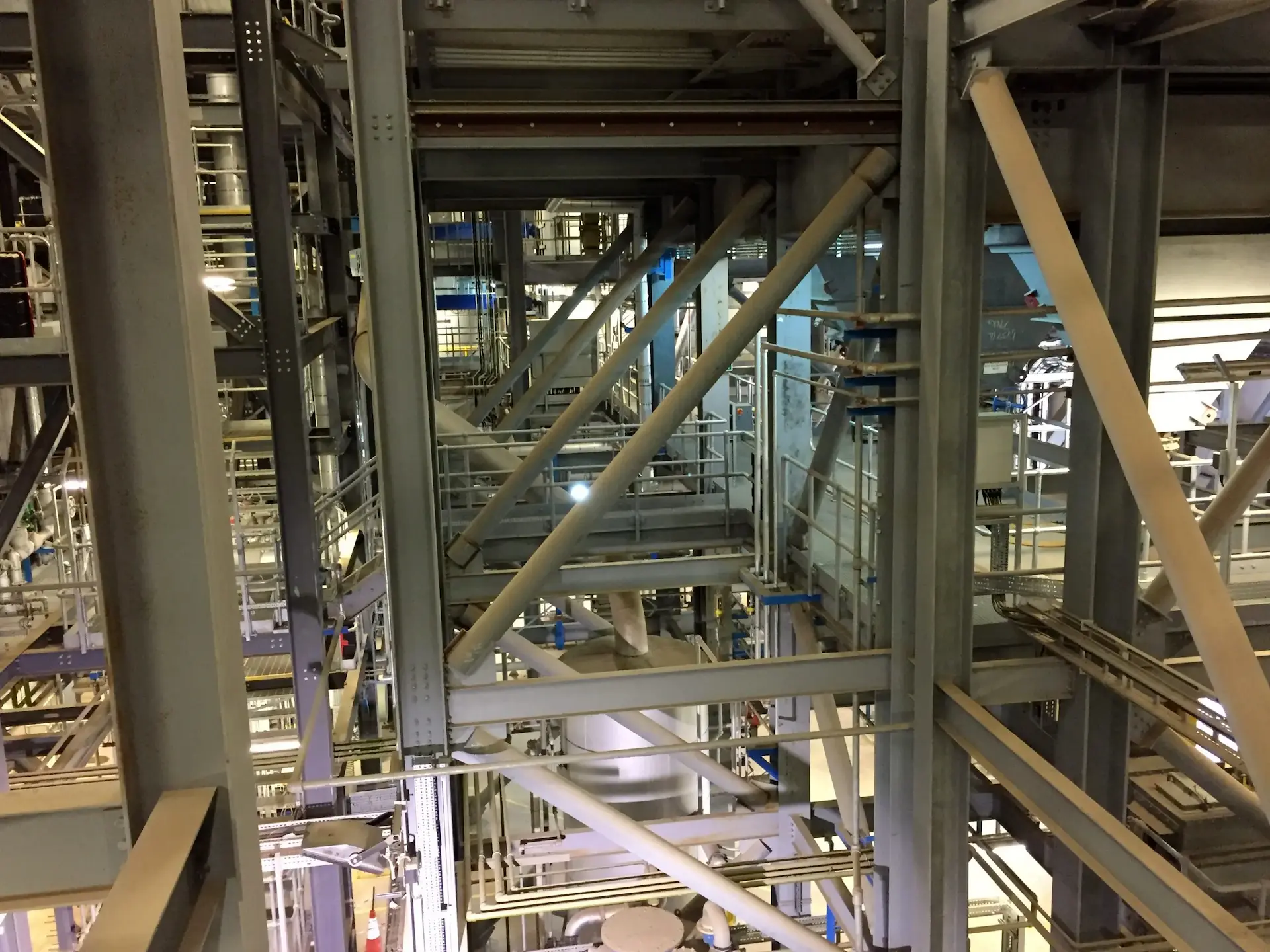
Projects
RJM has successfully completed a wide range of emissions reduction and combustion improvement projects all over the world. It continues to be selected by power and heat producers to resolve their complex operational challenges.
Fuel Type:

Northeast Utilities, Schiller Unit 6, New Hampshire
NOx reduction project to meet Phase 1 RACT regulations
Coal
View Project

Northeast Utilities, Norwalk Harbor
Engineer, model and supply new NOx reduction system
Oil
View Project

Coventry & Solihull Waste Disposal Company
Reducing ammonia content from emissions
Energy From Waste
View Project



